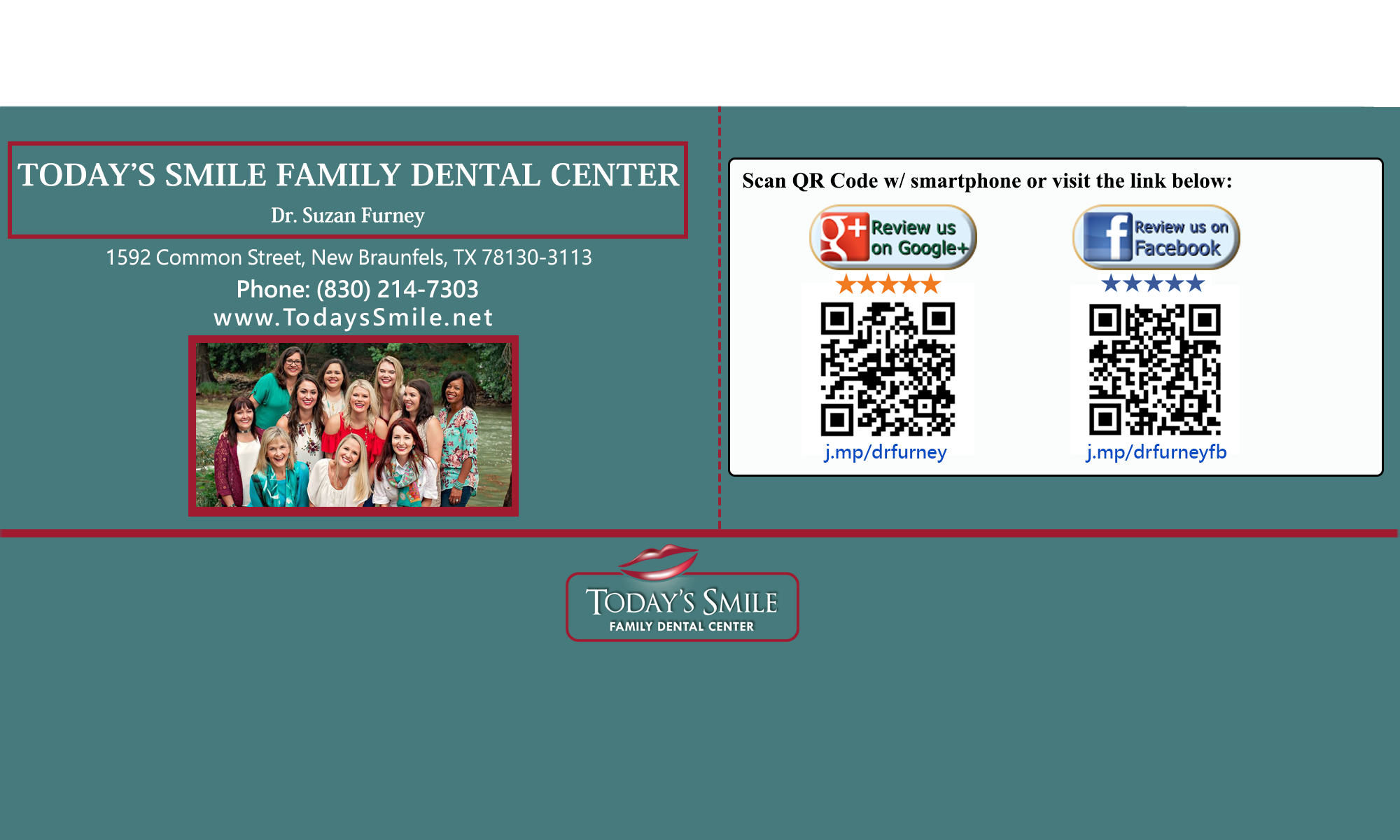More than fifteen percent of American adults suffer from chronic facial pain.
Common symptoms can include pain in or around the ear, tenderness of the jaw, clicking or popping noises when opening the mouth or even head and neck aches.
There are two joints and several jaw muscles which make it possible to open and close the mouth. They work together when you chew, speak, and swallow.
These structures include muscles and ligaments, as well as the jaw bone, the mandible (lower jaw) with two joints, the TMJs.
The TM joint is one of the most complex joints in the body. Located on each side of the head, these joints work together and can make many different movements, including a combination of rotating and gliding action when chewing and speaking.
Several muscles help open and close the mouth. They control the lower jaw (mandible) as it moves forward, backward, and side-to-side.
Both TM joints are involved in these movements. Each TM joint has a disc between the ball and socket. The disc cushions the load while enabling the jaw to open widely and perform rotating and translocational movements.
Any problem that prevents this complex system of muscles, ligaments, discs and bones from working together properly may result in a painful TMJ disorder.
If you are suffering from this type of pain, your dentist can help identify its source with a thorough exam and appropriate x-rays.
Often, the problem is a sinus or toothache or it could be an early stage of periodontal disease.
But for some pain, the cause is not so easily diagnosed.
The pain could be related to the facial muscles, the jaw or temporomandibular joint, located in the front of the ear.
Treatments for this pain may include stress reducing exercises, muscle relaxants, or wearing a mouth protector to prevent teeth grinding.
They’ve been successful for many and your dentist can recommend which is best for you.
